The UK healthcare system is navigating an unprecedented workforce crisis stemming from various mounting pressures. Shortages of skilled clinicians, nurses, support staff and administrators cripple healthcare organizations’ ability to meet rising service demands. This threatens the accessibility, quality and sustainability of patient care nationwide. To overcome this crisis, healthcare providers must embrace innovative staffing strategies that attract, develop and optimize human talent.
The scale of understaffing across the UK health service reflects a perfect storm of factors. An aging population drives up demand for complex care. Budget constraints limit hiring capacity even as more staff reach retirement age. The COVID-19 pandemic exacerbated burnout and resignations amid stressful working conditions. As talent supply shrinks, patient volumes grow, presenting a dire challenge for providers seeking to maintain excellent care with limited personnel.
Tackling this dilemma requires flexibility, technology and fresh thinking to boost recruitment, retention and workflow efficiency. Rather than outdated models, innovative staffing solutions must become the new norm. This includes leveraging digital platforms and data-driven techniques to enhance hiring, implementing flexible staffing arrangements to fill gaps, prioritizing employee development and satisfaction to reduce turnover, and forging partnerships to unlock new talent pools.
Digital recruitment tools provide one vital solution to expand candidate reach and efficiency. Online job boards, social media promotion, virtual interviewing and predictive hiring algorithms allow employers to market roles, screen applicants and standardize the hiring process at scale. Automating administrative tasks also frees up staff to focus on patient care. This technology-first approach is key to competing for top talent nationwide.
Flexible staffing arrangements like temporary, part-time and remote work can further bolster workforce agility. By maintaining a bench of on-call nurses, virtual health assistants and other flexible staff, providers can rapidly scale up or down to match patient surges and staffing squeezes. Shared staffing models also optimize resources across facilities. When designed intentionally, flexible roles promote work-life balance and diversity.
Developing and incentivizing internal teams is equally crucial. Continuing education, career ladder programs, mentorships and other development opportunities help employees feel invested in and grow within organizations. Competitive compensation and benefits also boost retention, alongside culture initiatives that address burnout. Investing in the workforce boosts recruitment, loyalty and skill building.
Finally, strategic partnerships create talent pipelines. Collaborations between healthcare employers, academic institutions and professional groups build programs for upskilling students and transitioning professionals into healthcare careers. Partnerships also enable resource sharing and knowledge exchange to elevate care. A networked approach is vital to expand the workforce.
In summary, the UK healthcare sector must leverage creative recruitment, flexible staffing, development programs and partnerships to overcome understaffing challenges. Taking an innovative, multi-pronged approach to workforce planning and talent optimization will allow providers to bridge talent gaps and continue delivering excellent patient care despite growing demands. The time is now to take bold action to strengthen the healthcare workforce.





